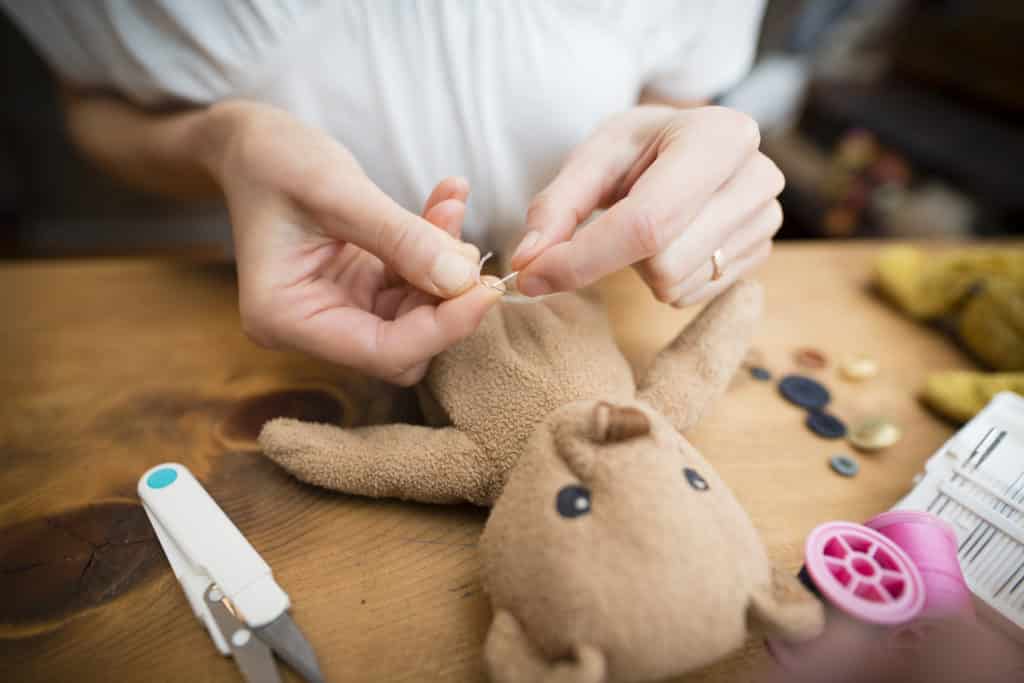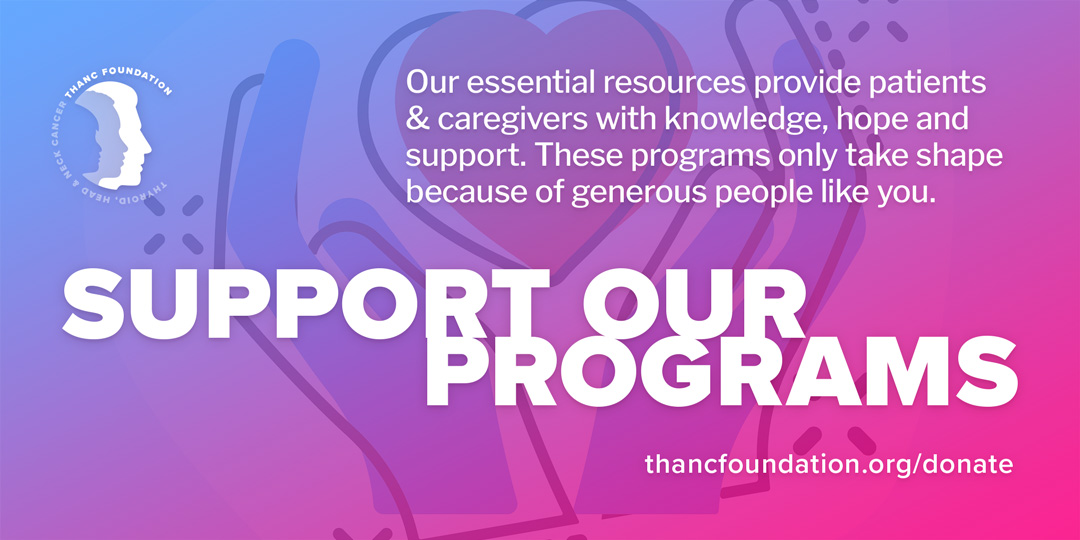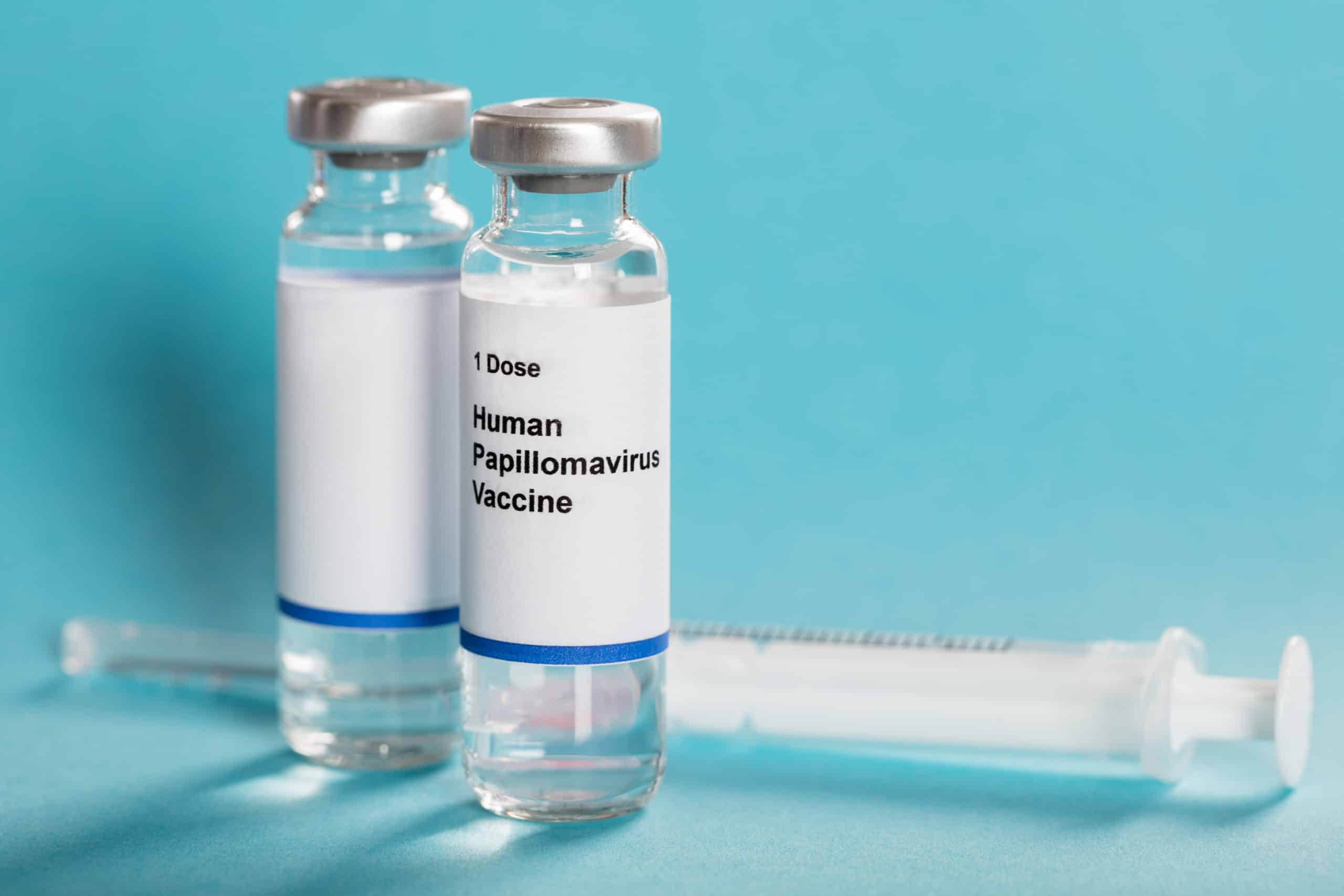If you are undergoing cancer treatment, your doctor may recommend the use of additional medical devices to support you on the path to healing. Gastro-intestinal tubes (also known as feeding tubes or G-Tubes) are one example.
Your child may have a range of reactions to seeing you use a feeding tube. While it may be daunting to explain these supports to your children, these conversations are important to help normalize the experience for them. The following suggestions can help when talking to your children about nutritional supportive care.
Describe the Feeding Tube and Its Importance
Some cancer treatments, like chemotherapy or radiation, can make it difficult for you to eat the proper amount of calories. Gastro-intestinal tubes are devices placed into the abdomen to deliver nutrition into the stomach that are used to overcome this issue. You can explain to your child that the tube helps you get the energy you need to do the activities you enjoy and to help your body heal.
For some children, seeing a feeding tube in a parent is frightening or confusing. You can alleviate your child’s concern by telling them that getting the tube did not hurt because you were under anesthesia. Emphasizing that the tube will help you feel better can help the child reframe the experience.
Describe How the Feeding Tube Works
Children naturally tend to be quite curious and may have many questions about how the tube helps you “eat”. A good place to start is by explaining that at certain times during the day or night, you need to connect your feeding tube to your “food”, or nutritional supplement. The supplement is like a milkshake with all the energy you need. If your child inquires, share that you can’t just drink the milkshake because you would need too many and it also doesn’t taste very good. You can tell him or her that you can use the tube while you are sleeping at night, watching TV, or relaxing around the house. Plus, if you need to use it when you go out as a family, you have a special backpack to carry it in.
Your child may also wonder if the tube is a permanent or temporary fixture. You can explain that the amount of time you need the tube depends on how many calories you need and how well your body tolerates the nutritional supplement.
Talk Openly About How the Tube May Impact Your Daily Life
A common question from children is whether or not you can still eat using your mouth. This answer depends on your specific circumstance; however, if your disease or treatment has impacted your ability to eat by mouth, then be honest and share that. Share that the gastrointestinal tube can be either permanent or temporary. If it is temporary, mention that once you are healed, you can go back to normal eating. Validate your child’s emotions and concerns by allowing them to express feelings and ask questions.

Activity
Make a Doll with a Feeding Tube
Many young or school-age children learn better through play. Creating a doll with a feeding tube provides a safe space for your child to ask questions and clarify misconceptions. The following are directions to create a feeding tube doll with household items.
Materials
- A new cloth doll or stuffed animal
- Beach ball (or an old blow up toy)
- Hot glue
- Scissors
Step 1
Cut a small incision in the side of the cloth doll. You may need to remove some stuffing.
Step 2
Cut the blowing apparatus from the beach ball leaving approximately a 1-2 inches of space all the way around.
Step 3
Using the hot glue gun glue all the way around the blowing apparatus then quickly insert into the incision created in the doll.
For play, you might want to add some tubing, alcohol wipes, and a clean feeding bag. Children can draw or color the cloth doll to add a face and clothing.

The Cancer Journey for Parents
How do you tell your child that someone close to them has cancer? What do you say about treatments, or prognosis? Here are some articles that can help.
Check out more information on supportive care or conversations about cancer with your child.

















